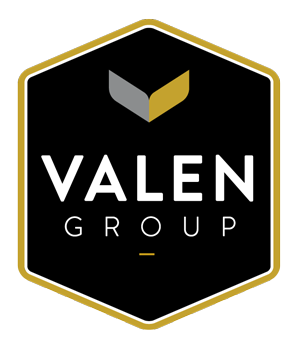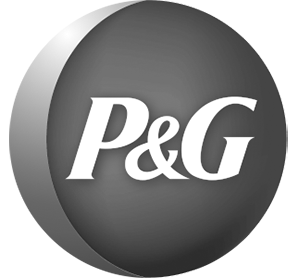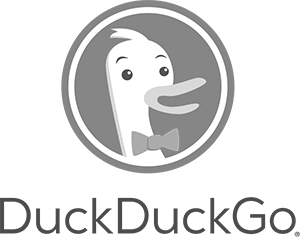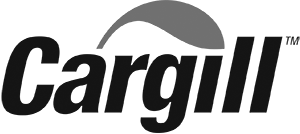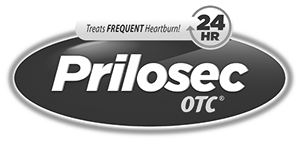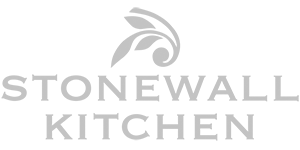Strategic planning is more than just a day out of the office to decide priorities. It’s an opportunity to align your leadership team, sharpen choices, and set a clear roadmap. Whether your focus is a long-range plan, an annual operating plan, or a functional department plan, these five improvements can elevate your process this year.
1. Conduct a Strategic Discussion
Conduct structured strategic discussions beforehand to surface opportunities and challenges, then organize them into themes for planning. This ensures the session focuses on what matters most. Deliberate strategic discussions before the planning session help shape a more productive planning process. Consider engaging an experienced strategist to help organize and sharpen these ideas.
Example: A global consumer products company held structured pre-sessions with its leadership team, which surfaced new growth opportunities in e-commerce that might otherwise have been missed.
2. Add in Strategic Choice
A strategic plan is not just a long list of initiatives the team wants to pursue. It’s about making trade-offs that build competitive advantage. Introduce the discipline of strategic choice into planning by clarifying what you will and will not do. An experienced strategist can help instill this decision-making discipline. The result is sharper focus, better resource allocation, and a strategy that wins.
Example: A consumer packaged foods company narrowed its innovation pipeline to three platforms that differentiated it from competitors by leveraging strengths aligned with market trends, driving both growth and profitability.
3. Add in a Long-Range Planning Process
If you have been conducting only annual plans, it may be time to take the next step. One year at a time often produces too little change to keep pace, and your organization can lose ground even while expending significant resources. If your team is executing annual plans well, the next step is long-range planning. A 3–5 year horizon allows for transformation, experimentation, and new capability building. An experienced strategist can facilitate this process and help ensure you don’t lose the momentum established through annual planning.
Example: A technology firm introduced a 3-year strategic roadmap, giving clarity to investors and enabling investment in AI-driven services alongside short-term revenue goals.
4. Link Long-Range Planning to the Annual Operating Plan
A long-range plan shouldn’t sit separate from annual planning. Strategic choices made for the 3–5 year horizon must cascade into the annual operating plan, functional strategies, and quarterly goals. This alignment ensures continuity and prepares the organization to adjust as conditions change.
Example: A consumer brand company linked its 5-year innovation roadmap to annual budgets, ensuring marketing and operations had the resources needed to support its growth priorities.
5. Plus-Up the Quarterly Review
Quarterly reviews should be more than progress checks. Add a structured agenda that addresses accountability, resource allocation, and issue resolution, ensuring momentum doesn’t stall. Outside facilitation by an experienced strategist can elevate these sessions from routine updates to high-value leadership alignment. In addition, monthly coaching for leaders can reinforce accountability and keep teams focused on results.
Example: A global beverage company category group engaged an external strategist to run quarterly strategy reviews. By using a structured agenda and accountability process, the leadership team resolved issues faster, reallocated resources effectively, and maintained consistent progress year over year.
Conclusion
These recommendations will help you improve results from your efforts. Whatever you do, commit to strengthening this year’s plan deliverables or planning process. Identify at least one improvement to focus on, and if you’d like to explore how to apply these, let’s talk.
